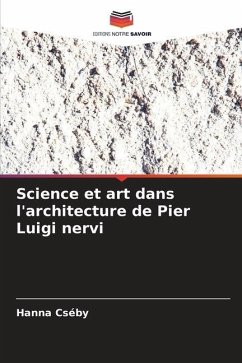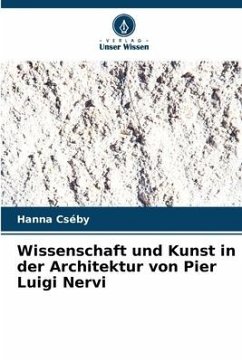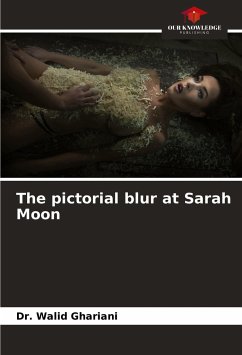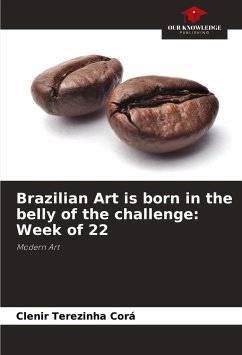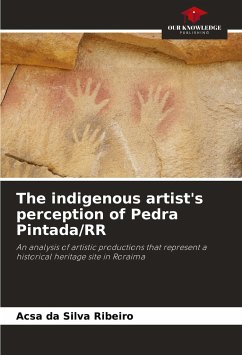
Science and art in the architecture of Pier Luigi nervi
Versandkostenfrei!
Versandfertig in 6-10 Tagen
29,99 €
inkl. MwSt.

PAYBACK Punkte
15 °P sammeln!
In my book I deal with the architecture and reinforced concrete buildings of Pier Luigi Nervi (1891-1979). The engineer plays an important role in reforming the coverage of space given to the application of precast elements. Nervi's buildings must be examined not only scientifically but also from the artistic side. The research also extends to Nervi's influence to Hungarian architecture and engineering thought, of which the Kazincbarcika warehouse designed by Gnädig Miklós is outstanding. In Hungary he deals with Pier Luigi Nervi's ouvre from the engineering side at the Budapest University o...
In my book I deal with the architecture and reinforced concrete buildings of Pier Luigi Nervi (1891-1979). The engineer plays an important role in reforming the coverage of space given to the application of precast elements. Nervi's buildings must be examined not only scientifically but also from the artistic side. The research also extends to Nervi's influence to Hungarian architecture and engineering thought, of which the Kazincbarcika warehouse designed by Gnädig Miklós is outstanding. In Hungary he deals with Pier Luigi Nervi's ouvre from the engineering side at the Budapest University of Technology and Economics in the Department of Materials and Structures. I think it is important to examine the subject also in an art historical context since so far there are no publications in Hungarian. In my book I write about the Municipal Stadium in Florence, the Palazzetto and the Palazzo dello Sport built for the 1960 Olympics in Rome, and last but not least the Paul VI Hall. I present the buildings focusing to the structure and specific elements that also bring artistic value.



